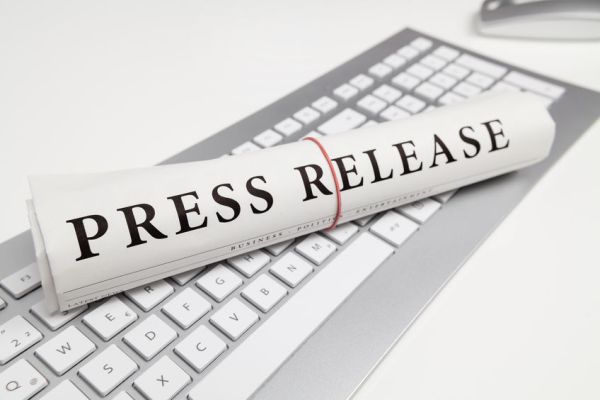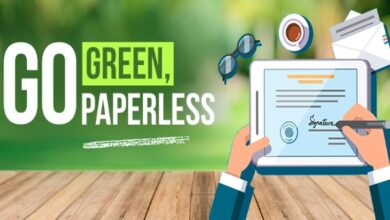How to Write an Effective Press Release?

Mastering the art of press releases is essential if you want good coverage. The following tips of this writing will help you out with how to write an effective press release. You need to use effective press releases to get media attention for your small business.
Yet what is the ideal length for a press release? Also, what information do you need to include? This article will take you through all of these.
But before diving deep inside, you need to know what is press release is actually and how many kinds of press releases are there. Let’s get started.
What is a Press Release / News Release?
Providing meaningful news on a regular basis can help a company establish a strong connection with journalists. This is when the method of how to write an effective press release (or news announcement) comes into play.
An official press release is an announcement made to the news media and other groups by an organization. No matter what we call a press release, a press statement, a news release, or a media release; the underlying concept is always the same.
There should be action verbs in the heading and an answer to (who, what, why, and where) in the first paragraph. The press release should also include understandable language and a quote.
In general, press releases are only a page long – two at most. Ultimately, companies want to be sure to provide enough information about what they are announcing in the release so that news outlets can write their own stories about it.
Even though it may seem enticing to embellish your company’s accomplishments or twist the facts to attract the media, remember that press releases belong in the public domain, so your clients can see them.
Press releases should not be considered solely as a way of getting news coverage, but as valuable marketing content as well.
While there’s no cut-and-dried formula for what a press release should include, here are a few types of occasions to help you carve out a focus for your press release and determine what content would help you broadcast your news in the best way:
The Types of Press Releases
- New Product Launches
- Mergers and Acquisitions
- Product Updates
- Events
- Grand Openings
- New Partnerships
- Rebranding
- Executive Promotions/Hiring
- Awards
How to Write an Effective Press Release: Explained
Press releases must follow specific guidelines – including news angles, press release structure, and more. Our comprehensive guideline on how to write effective press releases that get attention explains each of them in full detail.
Are you ready? Let’s get started.
1. Write a Newsworthy Trustable Story
Take a moment to consider what you enjoy reading, watching, and listening to in the media before you even attempt to write a press release.
It’s generally interesting to hear, see, or do things we haven’t heard before, or that make our lives better. You should ask yourself these questions before writing your press release:
- Does my story offer anything new?
- Does it contain anything unexpected or unique?
- Does it appeal to someone outside my business?
- Do people care about it?
Perhaps the most important is the last one, which may sound harsh. Ask yourself if you’re excited about hiring a new marketing director or throwing your new product in the market, will anybody else care? Let’s say your answer is “no,” then hold off on the press release until you’ve got a better story.
When you are not sure whether your story is newsworthy, try reading, watching, or listening to the publications or programs you’d like to be covered in to see what kind of stories they typically cover.
2. Write Captivating Headlines
Every day, journalists receive hundreds of emails, which is why it is a good idea to label emails containing ‘Press Releases’ or ‘Story Ideas’ with these phrases. Make the subject line of your email catchy as well.
You needn’t try to be clever very much: most journalists will spend no longer than a few seconds trying to figure out whether something looks interesting as they are experts. Your receivers will move on to the next item in their inbox if your story isn’t immediately clear to them.
Say exactly what you are writing about. If you are writing about the creation of the first financial planning firm for women, say so. Despite its better-sounding headline, “Women cash in on financial planning” may mean little to journalists who scan their inboxes.
3. The First Paragraph of Your Press Release should Contain Your Top Line
In order to get a journalist’s attention, your first sentence must grab them. If they don’t read any further, they may not open your email. This is why you must include the “top line” (the most important part) of your release at the top. In your first line, sum up the story (in no more than around 15-20 words), and write like you are starting a news article.
Wrapping Up
That’s it! Once you follow all the above instructions, you can prepare an effective press release that engages the audience surely. Good coverage is only possible through an excellent press release. So make sure you check all the above things when you prepare a press release to get the utmost media attention.


